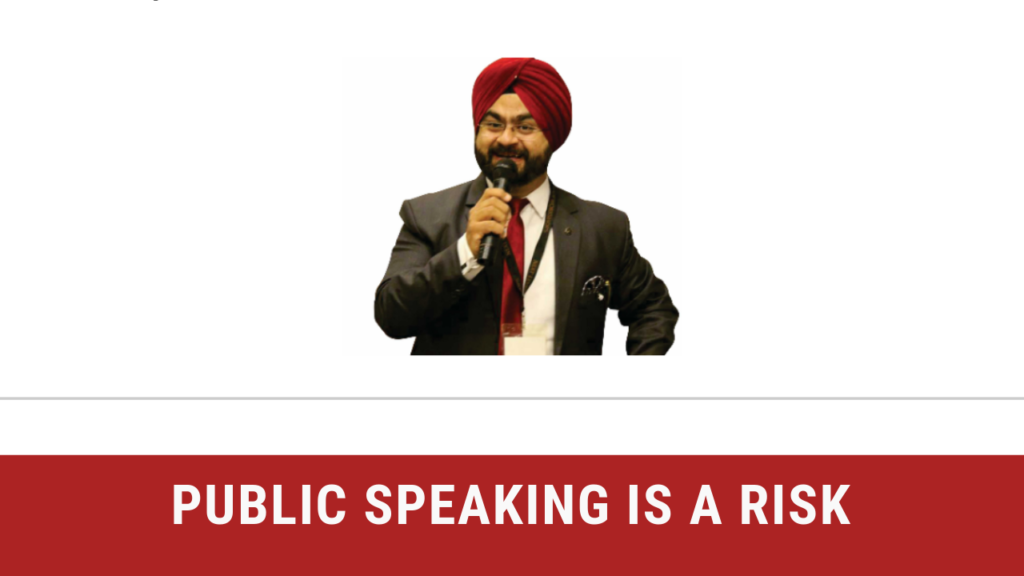Rule of three in public speaking!
‘Last month 3 thieves entered to my friend’s house.’
‘I had 3 dishes in my dinner yesterday’.
‘Hip Hip Hurray’
‘Get Set Go’
‘Faith,Love,Hope’
Did you notice the power of three in the above words?
3 is a magic number if you can use it smartly for your speeches.
I have done some research in public speaking to justify rule of three in public speaking.
I have been telling this to all my students that the rule of three helps you for a great composition of your speech in public speaking.
It is simple, exciting and elaboration at the same time.
In a casual conversation with a friend I found out a profound thing which works in speeches.
While feeding his contact number, I said your number is too difficult to learn as there is no trail and double digit and he said” why don’t you divide it group of three, it will be easy to memorize.”
Let’s say, the number is 7895623478 – 789 563 347 8.
This actually helped me memorize the number.
Think of your phone number—10 random numbers are tough. But 3 sets of numbers are easy!
“Check this TEDx Talk explaining Power of Three”
Perhaps because three is the smallest number that is required to make a pattern—and a pattern works because it’s powerful and memorable and easier to embrace.
We’ve seen this throughout our history:
Newton’s three rules of motion in physics
The three-note building blocks in musical harmony (frequencies, pitches (tones,notes), or chords.)
The structure of essays (introduction, body, conclusion)
Prizes in competitions (1st, 2nd, 3rd)
Traffic lights ( Red,Yellow,Green)
and so on.…….
I never knew that everyone has tapped into the power of three…
So how can we apply this to making our speeches more memorable?
Well, first we must acknowledge and embrace the fact that our listeners are likely to only remember three things from our presentation. Not a thumb rule but most likely it happens for many learners.
Therefore, it’s critical that we are intentional about what these three things are! When you create the content of your speech, develop a “headline” message followed by three key sub-points, along with 3 simple supporting facts for each sub-points.
And then if you repeat quick points of your talk and get it imprint in your listener’s mind, this combination of simplicity and repetition allows your audience to process the information and transfer it from working memory into long-term memory.
Making Speaking Easy.
Author Sherry
Picture Credits:https://in.pinterest.com/pin/821695894496075454/
Author Sherry is a Public Speaking Coach in New Delhi,India.


